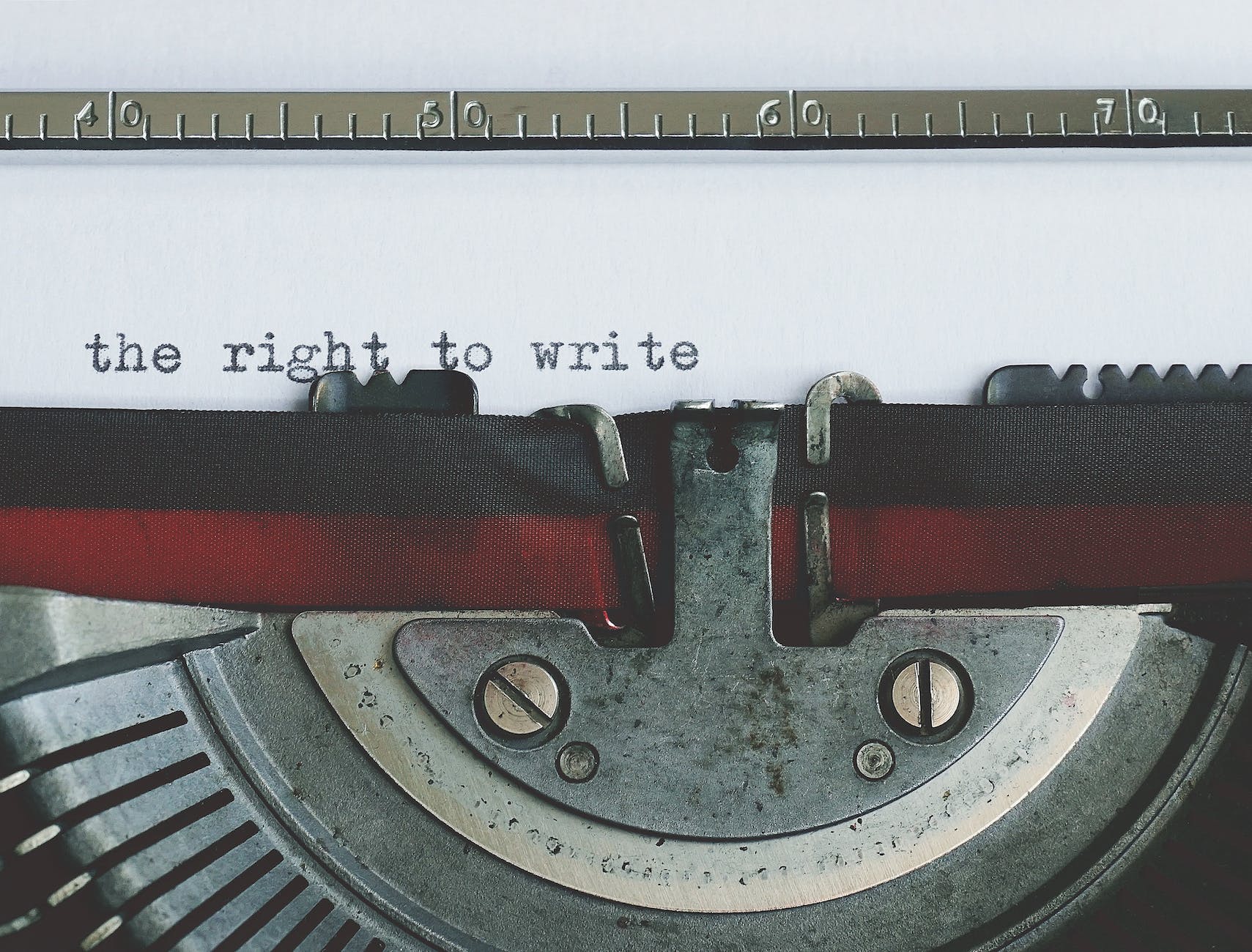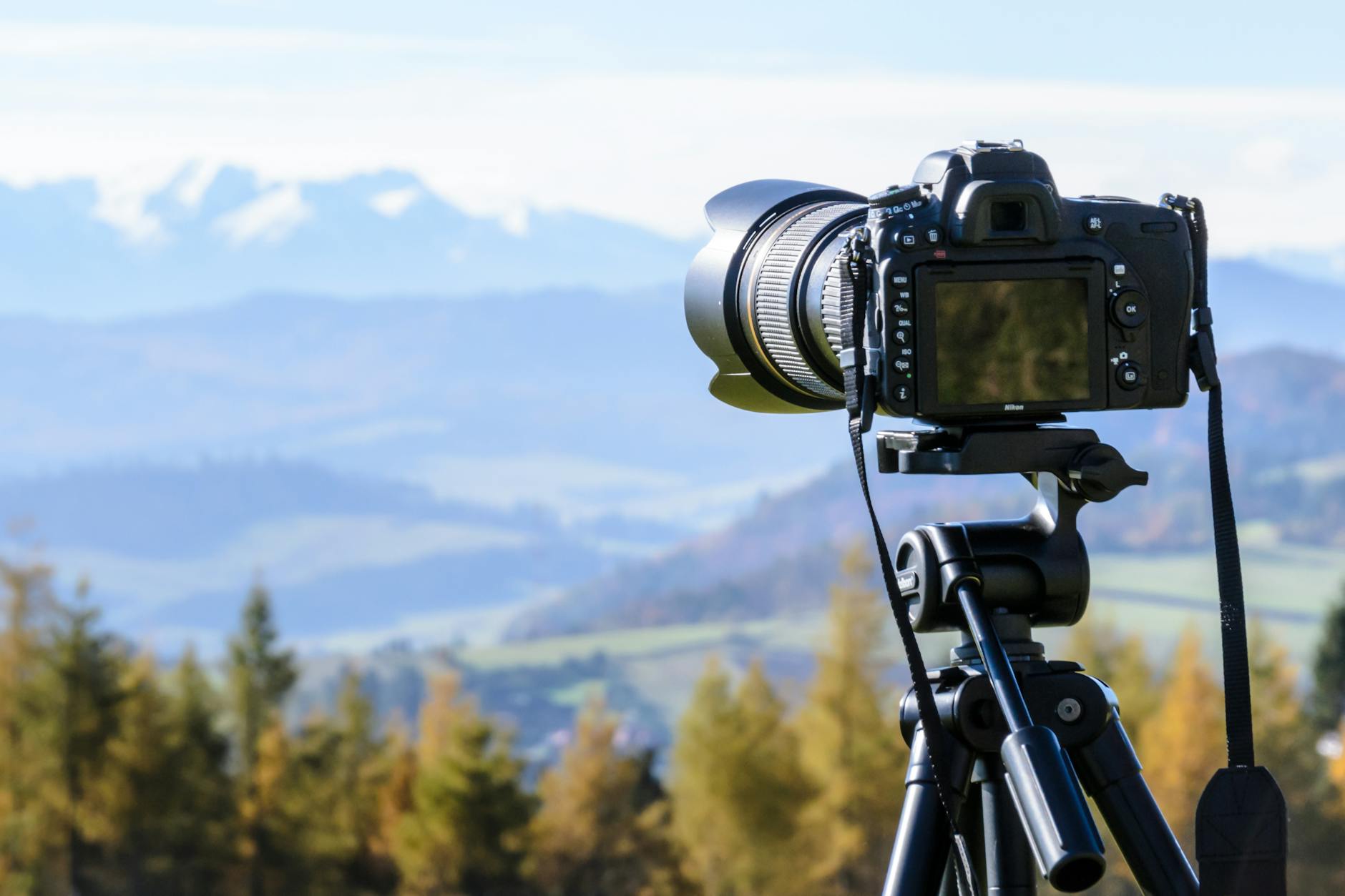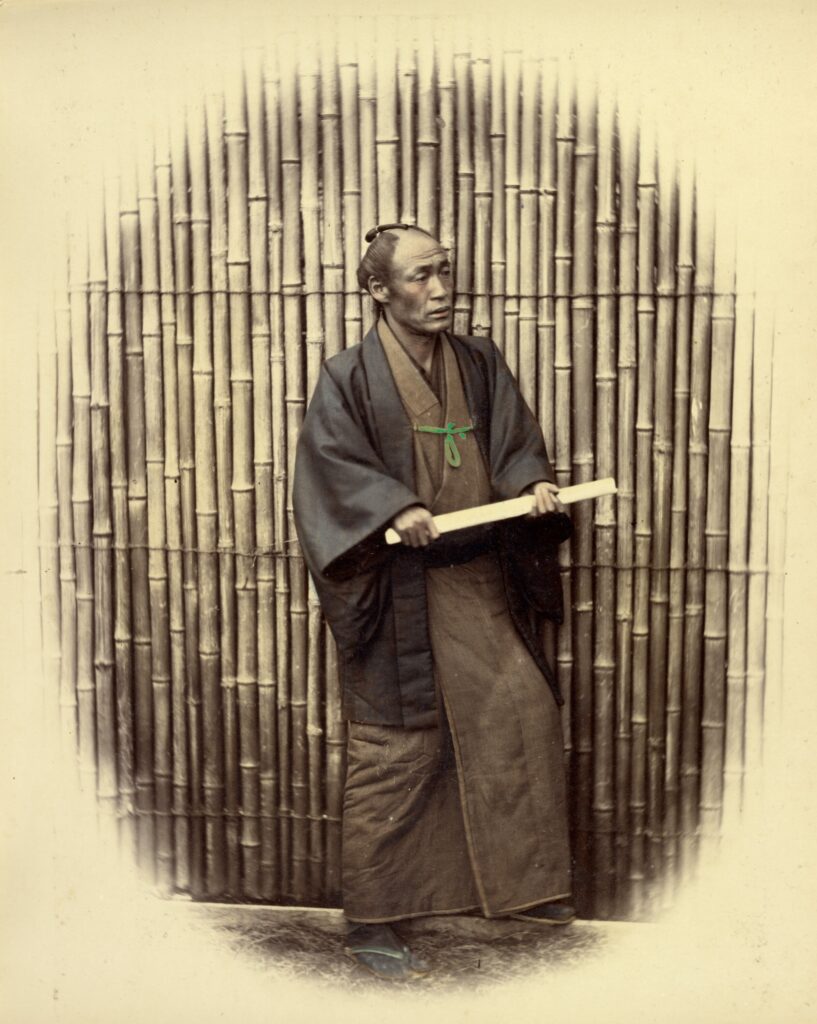Jisc, a technology organization in the UK, has compiled a selection of resources to support different stages of AI maturity, including strategic resources, supporting students and learners, supporting staff, maintaining academic integrity, safe responsible use, and AI tools. The resources include blogs, reports, videos, podcasts, and training courses covering generative AI, accessibility, assessment, bias, ethics, and AI tools. Jisc is also developing new resources to support the move to the operational stage, such as pre-procurement selection criteria for generative AI tools and a generative AI skills training program for staff.
The Eclectic Educator is a free resource for everyone passionate about education and creativity. If you enjoy the content and want to support the newsletter, consider becoming a paid subscriber. Your support helps keep the insights and inspiration coming!




